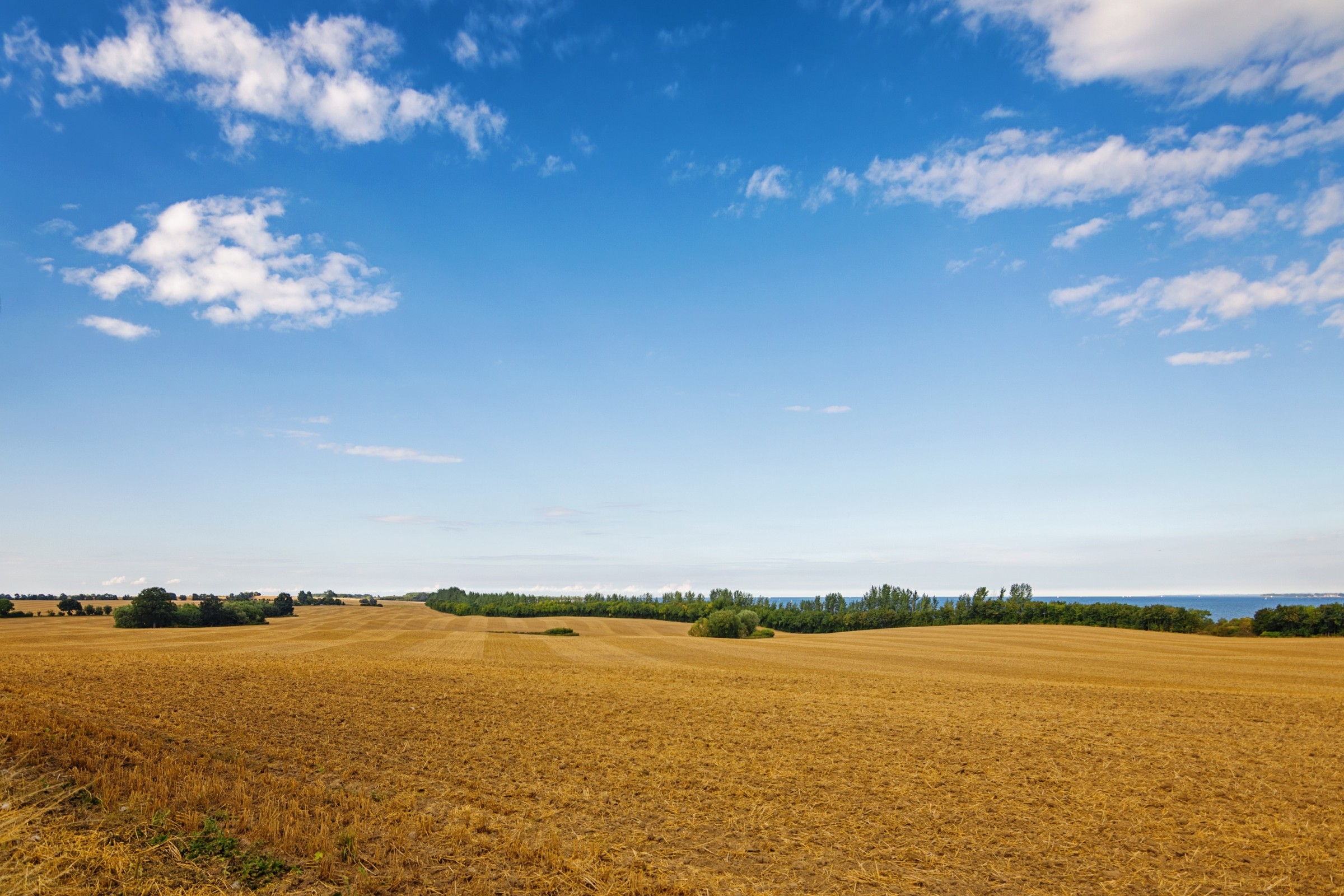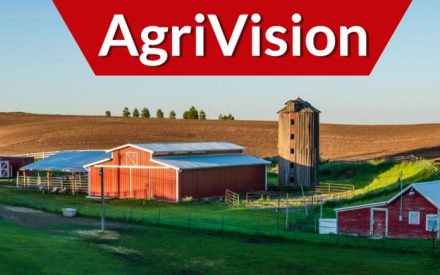Host Katie Wantoch and Jerry Clark, Extension Agriculture Agent in Chippewa County, discuss a farmer who wants to know if they should sell surplus crops or keep the feed for next year.
View Transcript
Katie Wantoch
This is UW Extension’s Farm Management “AgriVision” podcast. I am Katie Wantoch, Agriculture Agent with UW-Madison Division of Extension. I will be chatting with fellow Extension educators as we answer questions from farmers and share our knowledge and expertise on how you can improve your farm management skills.
Today I am joined by Jerry Clark, Agriculture Agent in Chippewa County and welcome, Jerry.
Jerry Clark
Hi, Katie. Glad to be here.
Katie Wantoch
And Jerry actually is out in the field harvesting hops but taking some time to join us today.
Jerry Clark
Tis the harvest season already.
Katie Wantoch
Yes. Which leads us to our question that a farmer posed today, Jerry, with the ideal weather we’ve been having in Wisconsin this growing season, the farmer is realizing they’re going to have some surplus crops. They farm 300 acres and milk 90 cows. Normally, this farmer sells a little high moisture corn to the neighbor in good years, but this year, they’re going to have a lot of corn to sell and possibly some haylage too. They already have enough haylage from their first three cuttings for their own herd. And likely you’re going to have fourth cutting coming up here on September 1, and maybe even a fifth cutting if they choose to take it in October. So the farmers question to us today, Jerry is should they sell their surplus crops to the neighbor, or keep those crops, that forage on hand in case there’s below average crops next year? What do you suggest?
Jerry Clark
Yeah, that’s a great question as we’ve had a good growing season this year with lots of crops out there and forage available. I think number one is, is the farmer has a good handle on their forage inventory. And like that’s number one, knowing where you’re at for the year. And then of course, it gets into you know, forecasting what’s going to happen in the future and a crystal ball is, you know, a farmer’s crystal ball is as good as any, you know, marketer that’s out there. So what’s the weather going to be like, you know, next year and especially winterkill? I think that’s where we try to hedge against if we need to store that forage. So it boils down to getting a good handle on the inventory which sounds like the farmer has. And then, you know, looking at what are we going to do with the surplus if we think we’re going to be able to get through next year. So if cash is needed now to pay some bills in response to the whole COVID-19 or with market prices being lower if cash is needed on the farm, to pay some current bills, you know, it’s a good time to get rid of some of that extra crop in order to pay some of these bills that are coming up. The other thing is if you have the storage, don’t need the cash right now, is possibly to hedge a little bit and put it in storage hold it until spring typically we see market go up a little bit towards spring. And then of course, that would give a farmer time to look at winterkill take another inventory of forage, those kind of things. And then you can sell that extra hay and corn. Maybe in the spring when prices are a little higher so those are some strategies to look at this point.
Katie Wantoch
Yeah and feed costs you know as we know are certainly high on farms, are probably one of the largest expense, don’t you think on a dairy farm?
Jerry Clark
Yeah definitely when you look at costs for dairy, feed is number one. So that’s where inventory is huge. And of course we look at that from a financial statement standpoint, what’s in storage as far as the inventory and those kind of things and putting that on a balance sheet really helps from that standpoint. So I think looking at it from those standpoints. Again, tax ramifications always comes into play if you sell things in this calendar year or next calendar year or however the fiscal year for the farm shakes out. But if it’s kind of taking advantage of prices and you have the storage, you know, waiting till spring isn’t a bad idea. Unless you need the cash now because I think in most years we would see the trend of higher prices for both hay and grain be a little bit better in the spring.
Katie Wantoch
Sure. And quality too is that of concern this year with this growing season of some of those forages?
Jerry Clark
Yeah, it seems like right now, for hay, just specifically talking about hay and haylage. The yield is good and the quality seems to be very good as well. I think in most cases where we had the cuttings on what would typically be that 30 day, 28 to 35 day schedule, we’ve had a window of dry weather for that hay to come off in pretty good condition. So I think quality is pretty good overall, unless you know a farmer intentionally waited to maybe take it a little later for heifers or some younger livestock, that kind of thing. But for the most part, I think we’ve had real good quality I think as we get into corn silage, and we’re waiting to see what that what happens with weather. Hopefully, we get some more rain, especially here in Chippewa County. We’ve been dry the last three weeks so we could use some rain to really push this crop to the end from a yield standpoint but then of course if it doesn’t stop raining and we get harvest delayed and then the crop gets past its, you know prime harvest time, then we could have some issues with quality on corn silage but right now I think forage inventory should be pretty well set as well as good quality heading into the corn silage harvest.
Katie Wantoch
Yeah, you certainly want to make note of that quality of feed to determine you know, the best mix of ingredients for your herd as you look into and working with a nutritionist help sample and analyze those forages that have been harvested. So yeah, balancing that forage demand and supply can really help the farmer here in this case, avoid surprises throughout the year and then look to maybe sell a little of that excess inventory that they have. So, all right. Well, thank you very much. Jerry Clark from Chippewa County, UW-Madison Division of Extension and for joining us today. Appreciate it.
Jerry Clark
Thank you, Katie. Appreciate the invite.
Katie Wantoch
For more Extension “AgriVision” podcasts or resources to improve your farm management skills, check out https://farms.extension.wisc.edu/. Thanks for listening.
Related Resources
Information in this article was originally published as part of the Agrivision column in Wisconsin Agriculturist.
UW-Madison Extension resources


 AgriVision Podcast Episode 1 - Sharing Knowledge and Expertise
AgriVision Podcast Episode 1 - Sharing Knowledge and Expertise Identifying strategies to maximize potential and minimize risk
Identifying strategies to maximize potential and minimize risk


